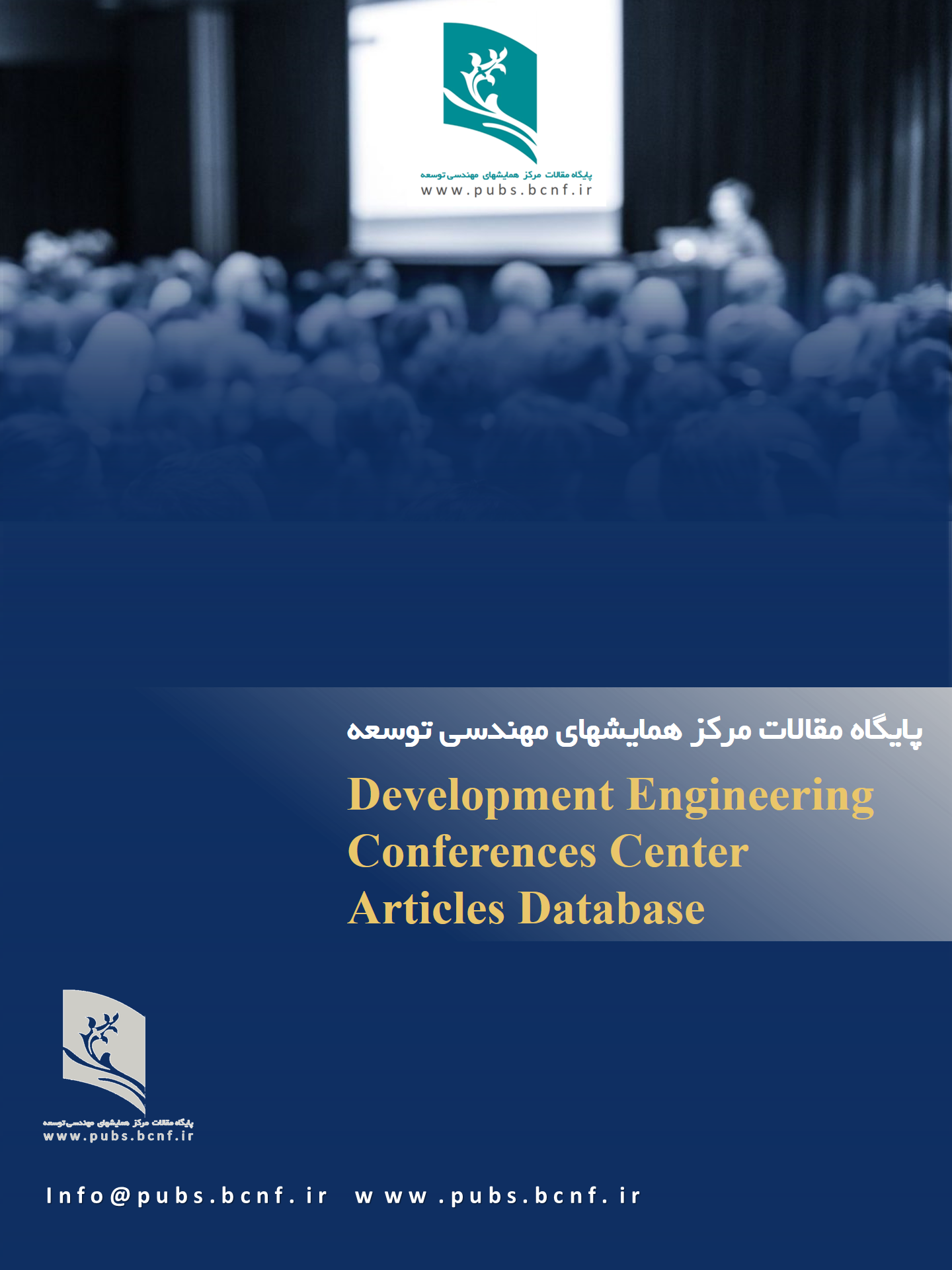Identification of new variants of the BMP15 gene causing Premature Ovarian Failure in Lorestan families by whole-exome sequencing and In silico analysis
DOI:
https://doi.org/10.5281/zenodo.17066905Keywords:
Premature ovarian insufficiency (POI), , BMP15, infertility, whole-exome sequencingAbstract
Premature ovarian insufficiency (POI) is characterized by the halt of ovarian function prior to the age of 40, presenting with diminished sex hormone levels, elevated gonadotropin levels, and resulting in infertility and recurrent miscarriages in females. Genetic elements contribute significantly to the reproductive challenges associated with POI, impacting both infertility and miscarriage occurrences. A key player in folliculogenesis, BMP15, a TGFβ superfamily member, governs this pathway and any alterations in its gene sequence can disrupt normal follicle development. BMP15, expressed in oocytes, is pivotal for reproductive processes in certain species. When POI manifests, disruptions in BMP15 gene function result in infertility, escalating the likelihood of miscarriages due to compromised oocyte quality and diminished ovarian reserves.
Genomic DNA was extracted from the peripheral blood sample after a physical examination, ultrasound. Whole Genome Sequencing were performed. In silico prediction tools utilized were Phyer-2 web server, Polymorphism Phenotyping version 2 (PolyPhen-2), GalaxyWEB and ModRefiner, UCSF Chimera software, molecular docking using ClusPro 2.0.
Exome sequencing revealed a missense mutation c.226C>T:p.Arg76Cys in exon 1 of the BMP15 gene in Lorestan families. In silico prediction tools revealed that variation Arg 76 Cys changed the binding affinity and pattern of the BMP-15 and BMPR1B complex. Changes in the binding affinity and pattern of the complex protein may cause disruptions in BMP15 gene function and can lead to infertility.
The identification of BMP15 gene variants holds promise for healthcare practitioners to devise more targeted interventions, potentially ameliorating the impact of infertility and miscarriage among affected individuals. Hence, this investigation delves into exploring BMP15 gene variations within a cohort of infertile women from Lorestan province grappling with premature ovarian insufficiency
Downloads
References
[1] Nelson LM. Primary ovarian insufficiency. New England Journal of Medicine. 2009;360(6):606-14.
[2] Kumar N, Manesh I, Student M. Premature ovarian insufficiency: Aetiology and long-term consequences. Women Health Open J. 2017;3(2):45-58.
[3] Webber L, Davies M, Anderson R, Bartlett J, Braat D, Cartwright B, et al. European Society for Human Reproduction and Embryology (ESHRE) Guideline Group on POI. ESHRE Guideline: management of women with premature ovarian insufficiency. Hum Reprod. 2016;31(5):926-37.
[4] Golezar S, Ramezani Tehrani F, Khazaei S, Ebadi A, Keshavarz Z. The global prevalence of primary ovarian insufficiency and early menopause: a meta-analysis. Climacteric. 2019;22(4):403-11.
[5] Alavi A, Darki F, Bidgoli MMR, Zare-Abdollahi D, Moini A, Shahshahani MM, et al. Mutation in ALOX12B likely cause of POI and also ichthyosis in a large Iranian pedigree. Molecular Genetics and Genomics. 2020;295:1039-53.
[6] Huang C, Guo T, Qin Y. Meiotic recombination defects and premature ovarian insufficiency. Frontiers in Cell and Developmental Biology. 2021;9:652407.
[7] Jiao X, Ke H, Qin Y, Chen Z-J. Molecular genetics of premature ovarian insufficiency. Trends in Endocrinology & Metabolism. 2018;29(11):795-807.
[8] Belli M, Shimasaki S. Molecular aspects and clinical relevance of GDF9 and BMP15 in ovarian function. Vitamins and hormones. 2018;107:317-48.
[9] Persani L, Rossetti R, Cacciatore C. Genes involved in human premature ovarian failure. Journal of molecular endocrinology. 2010;45(5):257.
[10] Sanfins A, Rodrigues P, Albertini DF. GDF-9 and BMP-15 direct the follicle symphony. Journal of assisted reproduction and genetics. 2018;35(10):1741-50.
[11] Laissue P, Vinci G, Veitia RA, Fellous M. Recent advances in the study of genes involved in non-syndromic premature ovarian failure. Molecular and Cellular Endocrinology. 2008;282(1-2):101-11.
[12] Hashimoto O, Moore RK, Shimasaki S. Posttranslational processing of mouse and human BMP-15: potential implication in the determination of ovulation quota. Proceedings of the National Academy of Sciences. 2005;102(15):5426-31.
[13] Di Pasquale E, Beck-Peccoz P, Persani L. Hypergonadotropic ovarian failure associated with an inherited mutation of human bone morphogenetic protein-15 (BMP15) gene. The American Journal of Human Genetics. 2004;75(1):106-11.
[14] Goswami D, Conway GS. Premature ovarian failure. Human reproduction update. 2005;11(4):391-410.
[15] Lakhal B, Laissue P, Braham R, Elghezal H, Saâd A, Fellous M, Veitia RA. A novel BMP15 variant, potentially affecting the signal peptide, in a familial case of premature ovarian failure. Clinical endocrinology. 2009;71(5):752-3.
[16] Persani L, Rossetti R, Di Pasquale E, Cacciatore C, Fabre S. The fundamental role of bone morphogenetic protein 15 in ovarian function and its involvement in female fertility disorders. Human reproduction update. 2014;20(6):869-83.
[17] Tiotiu D, Alvaro Mercadal B, Imbert R, Verbist J, Demeestere I, De Leener A, et al. Variants of the BMP15 gene in a cohort of patients with premature ovarian failure. Human Reproduction. 2010;25(6):1581-7.
[18] Mayer A, Fouquet B, Pugeat M, Misrahi M. BMP15 “knockout‐like” effect in familial premature ovarian insufficiency with persistent ovarian reserve. Clinical Genetics. 2017;92(2):208-12.
[19] Gurtan A, Dominy J, Khalid S, Vong L, Caplan S, Currie T, et al. Analyzing human knockouts to validate GPR151 as a therapeutic target for reduction of body mass index. PLoS genetics. 2022;18(4):e1010093.
[20] Bestetti I, Castronovo C, Sironi A, Caslini C, Sala C, Rossetti R, et al. High-resolution array-CGH analysis on 46, XX patients affected by early onset primary ovarian insufficiency discloses new genes involved in ovarian function. Human Reproduction. 2019;34(3):574-83.
[21] Di Pasquale E, Rossetti R, Marozzi A, Bodega B, Borgato S, Cavallo L, et al. Identification of new variants of human BMP15 gene in a large cohort of women with premature ovarian failure. The Journal of Clinical Endocrinology & Metabolism. 2006;91(5):1976-9.
[22] Rossetti R, Di Pasquale E, Marozzi A, Bione S, Toniolo D, Grammatico P, et al. BMP15 mutations associated with primary ovarian insufficiency cause a defective production of bioactive protein. Human mutation. 2009;30(5):804-10.
[23] Patiño LC, Walton KL, Mueller TD, Johnson KE, Stocker W, Richani D, et al. BMP15 mutations associated with primary ovarian insufficiency reduce expression, activity, or synergy with GDF9. The Journal of Clinical Endocrinology & Metabolism. 2017;102(3):1009-19.
[24] Inagaki K, Shimasaki S. Impaired production of BMP-15 and GDF-9 mature proteins derived from proproteins WITH mutations in the proregion. Molecular and cellular endocrinology. 2010;328(1-2):1-7.
[25] Otsuka F, McTavish KJ, Shimasaki S. Integral role of GDF‐9 and BMP‐15 in ovarian function. Molecular reproduction and development. 2011;78(1):9-21.



